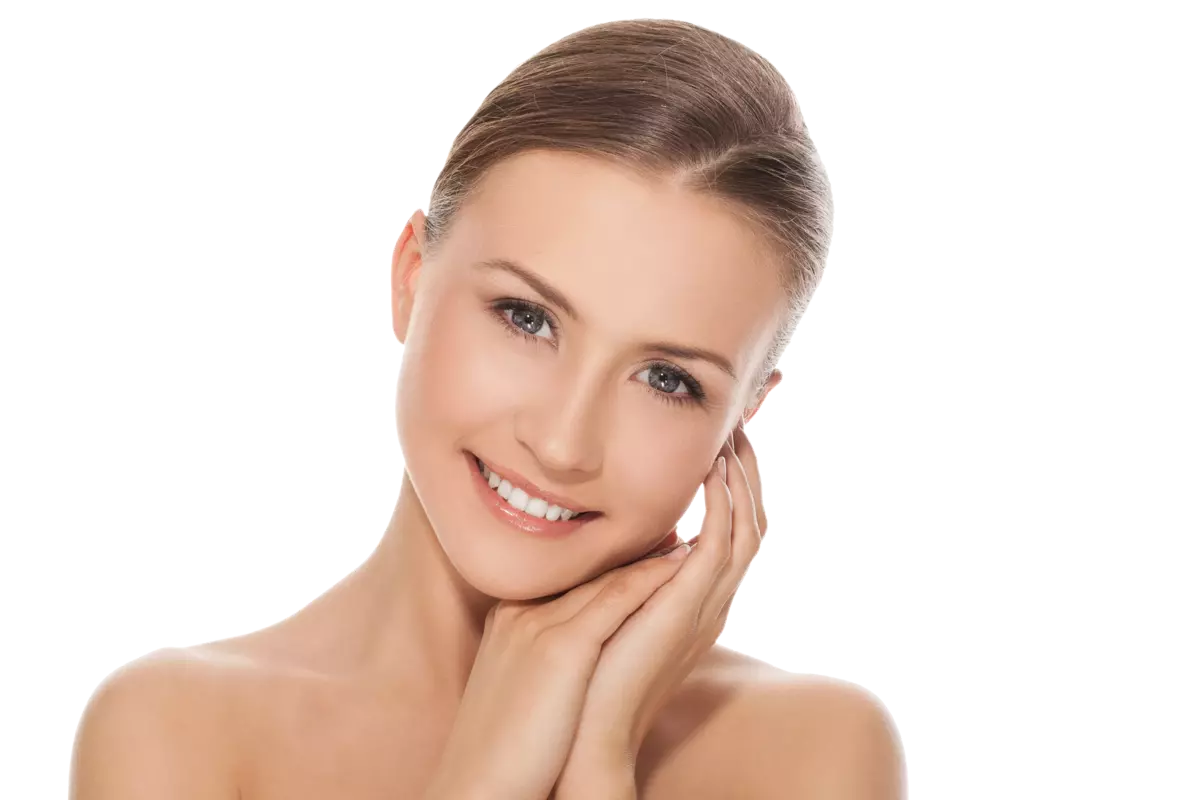Is microdermabrasion a popular procedure in beauty salons?
Is Microdermabrasion a Popular Treatment in Beauty Salons?
Microdermabrasion used to be one of the most popular cosmetic treatments, highly valued for its effectiveness in exfoliating dead skin cells, improving skin texture, and reducing fine lines, scars, and pigmentation. However, its popularity has slightly declined in recent years due to the development of newer, less invasive methods of skin cleansing and rejuvenation. Treatments such as hydrogen purification, oxybrasion (water-oxygen microdermabrasion), and ultrasonic cavitation peeling are gaining increasing interest. These alternatives are gentler, suitable for a broader range of clients, and equally effective.
One of the main reasons for the decline in the popularity of microdermabrasion is the number of contraindications associated with its use. People with sensitive, couperose-prone skin or active acne cannot undergo this treatment because it might aggravate their skin condition. Issues such as broken capillaries, redness, inflammation, and pustular changes are increasingly common among clients visiting beauty salons, which reduces the pool of people eligible for microdermabrasion.
Nevertheless, microdermabrasion remains a highly valued treatment, especially for individuals with thick, oily skin prone to blackheads, as well as for those dealing with sunspots or other skin irregularities. This treatment works through mechanical exfoliation using a specialized device with a diamond or crystal head. It helps achieve a refreshed complexion, smoother skin texture, and improved skin tone.
One of the advantages of microdermabrasion is its relatively short duration and minimal recovery time. Although the skin may appear slightly red immediately after the procedure, it typically returns to normal within a few hours. This makes it an attractive option for many people, especially as part of a more intensive regeneration or anti-aging regimen.
It’s also important to emphasize that the choice of treatment should be tailored to the individual needs and skin type of the client. Therefore, professional beauty salons conduct a detailed consultation before performing microdermabrasion to ensure that it is both safe and suitable for the client. Beauticians may also recommend alternative skincare treatments if contraindications are present.
In ouropinion, while microdermabrasion is no longer the most popular treatment in beauty salons, it still plays a significant role in skincare. Its effectiveness in rejuvenating and smoothing the skin makes it a valuable option for those with specific skin concerns, particularly in cases where other methods might be less effective.
Compendium of knowledge about Microdermabrasion
- For which skin types is diamond microdermabrasion recommended?
- What to pay attention to after performing microdermabrasion?
- How long does the face, neck and cleavage microdermabrasion treatment take?
- What intervals should be kept between subsequent microdermabrasion treatments?
- How long should the series of microdermabrasion treatments be performed to achieve the intended results?
- Can microdermabrasion be performed in the summer on tanned skin?
- Can I do microdermabrasion with cold sores?
- Is diamond microdermabrasion suitable for couperose skin?
- Does microdermabrasion cause skin peeling a few days after the visit?
- What are the advantages and disadvantages of microdermabrasion compared to cavitation peeling?
- What are the advantages and disadvantages of microdermabrasion compared to oxybrasion?
- What are the advantages and disadvantages of microdermabrasion compared to hydrogen cleansing?
- Can microdermabrasion be performed on acne skin?
- How to take care of the skin a few hours after the treatment?
- Is microdermabrasion a popular procedure in beauty salons?
